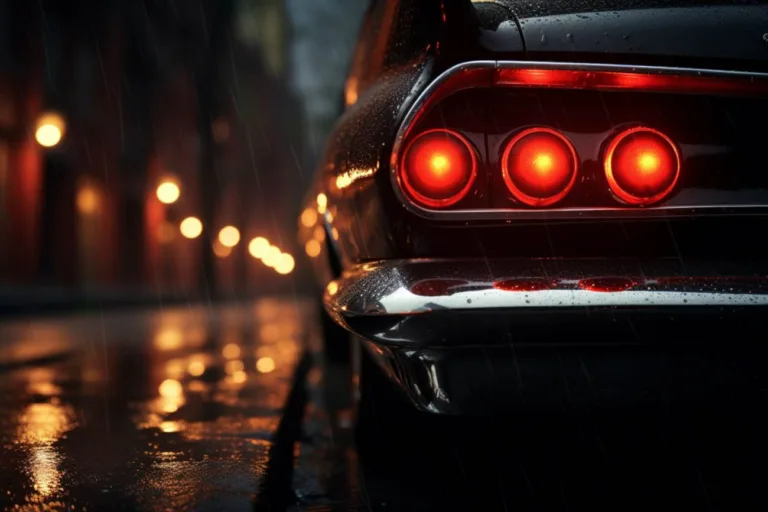Discovering the Essence of Taillights
Taillights are an integral part of any vehicle, not just for aesthetic purposes but also for safety on the roads. They serve as a crucial communication tool between drivers, indicating the position, size, and direction of a vehicle. These lights are typically red or amber and play a vital role in ensuring visibility during low-light conditions, alerting other drivers about the vehicle’s movements, and signaling braking or turning intentions.
Evolution of taillights
The evolution of taillights has been an intriguing journey, reflecting advancements in technology, design trends, and safety regulations. Early vehicles used kerosene lamps or lanterns as rear lights, which gradually transformed into electric bulbs enclosed in glass housings. With technological advancements, LED (Light Emitting Diode) taillights gained prominence due to their energy efficiency, durability, and versatility in design.
Functionality and significance
The functionality of taillights extends beyond mere illumination. They serve as a crucial safety feature, enhancing visibility for drivers behind, especially in adverse weather conditions such as fog, rain, or snow. These lights communicate various signals like braking, turning, or reversing, aiding in preventing accidents and ensuring smooth traffic flow.
Moreover, the design of taillights has become an integral part of a vehicle’s aesthetics, contributing to its overall visual appeal. Automakers often incorporate unique and distinctive taillight designs as part of their brand identity, adding a touch of style and personality to their vehicles.
Technological innovations
The automotive industry continually pushes the boundaries of innovation in taillight technology. Advancements such as adaptive taillights, which adjust brightness or direction based on driving conditions, and dynamic LED sequences that create eye-catching patterns during signaling, represent the ongoing evolution in this domain.
Maintenance and care
To ensure optimal performance, regular maintenance of taillights is essential. Cleaning them regularly to remove dirt, grime, or moisture helps maintain visibility. Additionally, promptly replacing any malfunctioning bulbs or addressing wiring issues is crucial for road safety.
Regulatory standards
Authorities worldwide impose strict regulations concerning taillights to ensure standardization and safety. Compliance with these standards is mandatory for vehicle manufacturers, ensuring that taillights meet specific criteria for visibility, brightness, and functionality.
Faqs:
1. how often should taillights be checked?
Taillights should be routinely inspected during regular vehicle maintenance, ideally every few months, to ensure they are functioning correctly.
2. are there any specific regulations for taillight colors?
Yes, regulatory bodies often specify colors for taillights. In most regions, red or amber colors are mandated for taillights due to their visibility and signaling effectiveness.
3. can i replace taillight bulbs myself?
Replacing taillight bulbs can often be done by following the vehicle’s manual. However, if uncertain, it’s advisable to seek professional assistance to ensure proper installation.
4. what are the signs of malfunctioning taillights?
Dim or flickering lights, complete failure, or irregularities in signaling (like rapid flashing) are signs of taillight malfunction.
5. are led taillights better than traditional bulbs?
LED taillights offer advantages such as energy efficiency, durability, and design flexibility, making them a popular choice over traditional bulbs.
Se även nedan:






